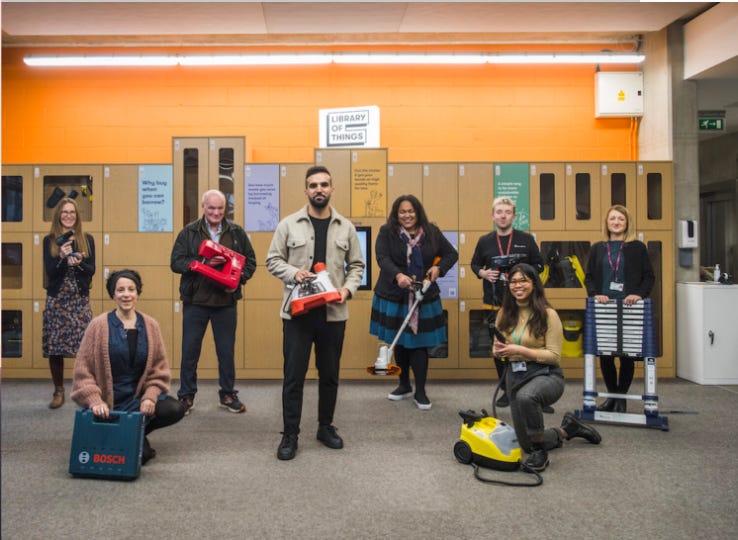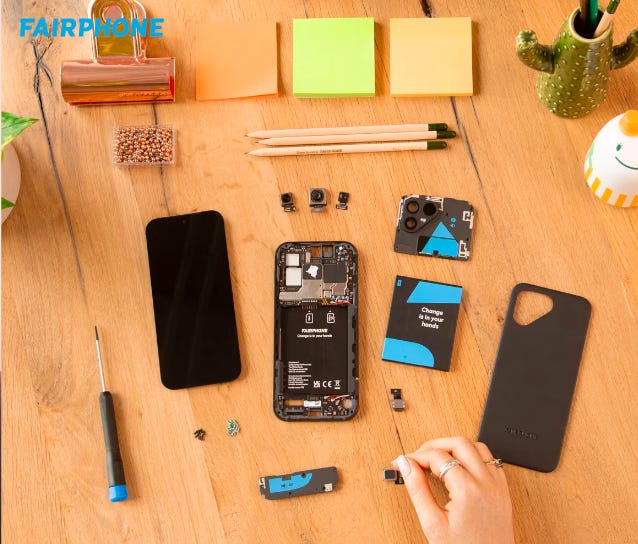At EdenLab we have a ruthlessly simple and realistic logic:
If companies can’t make money by becoming more sustainable they won’t do it.
And if they don’t do it, we’ve all had it.
That’s why we work to make big companies more sustainable and sustainable companies bigger.
It’s an Eco-capitalist approach, working within the system or at its margins.
(In time that may not be enough but for now it’s the most practical scalable thing we can do.)
“Fixing the Planet is just good business. Shame and guilt won’t get us there, markets will.”
To quote Climate Tech Venture Capitalists Lower Carbon Capital: “Fixing the Planet is just good business. Shame and guilt won’t get us there, markets will.”
Meanwhile in the real world, people in sustainability teams struggle to commercialise their vital initiatives, whilst commercial teams want to do the right thing but don’t know where to start.
Demand Switching can help.
So what is Demand Switching?
Fundamentally it’s switching demand from unsustainable, carbon-intensive products and services to clean, green ones – or indeed to not buying anything physical at all.
This is the core of the work we do at EdenLab and in doing so, we’ve identified the six ways to deliver demand switching:
1.Substitute
Substituting a dirty product for a clean one is the powerful way to commercialise sustainability. It means upgrading customers from their current habits which are harmful to them, the planet and their emissions accounting.
Obvious examples include EVs over internal combustion engines but for example replacing flights with trains for short haul travel.
EdenLab client First Choice the travel company has recently integrated flight-free options into their travel booking service to substitute kerosene powered travel for cleaner alternatives.
Of course, substitution won’t work without inspiring and educating customers to choose it, so don’t forget to the go-to-market plan that accompanies it.
How might you substitute an existing product and service?
2.Shrink
Another way to switch demand towards less harmful products is to make them smaller - sometimes known as compaction.
It reduces total materials used in making, using and recycling of the product (‘material throughput’) and reduces the energy required for transportation and distribution.
Its also often more convenient for the customer in terms of space required at home.
Examples include replacing boxes of detergent powder with capsules that can be rehydrated and concentrating drinks into cordials/squashes.
3.Save (from landfill)
How might you support the transition to a Repair Economy instead of a Replace one?
Right to Repair laws are coming in multiple countries and encouraging people to fix rather than ditch their products.
There are community-based repair centres for electronics springing up everywhere, it is getting easier to get clothes and shoes repaired (though still harder than it should be).
The French government is running a programme and subsidies (up to €25 to mend clothes) to encourage the repair economy and the consumer behaviour that goes with it. Bravo!
There is a big opportunity for brands to step in and scale these repair facilities but who will really do it at scale?
4.Share
As we shift from Ownership to Usership, how might you create shared resources within your customer communities?
The ‘Libraries of Things’ where you are a part owner of a drill, power washer, hoover etc., is a really smart and simple way to reduce total volume of consumption whilst still giving you access to the tools you need when you need them.
I don’t know about you but its not like I am using my twenty year old drill every day…
5.Stickiness
Products built to last a lot longer. How might you extend the usable life of a product or its components?
Many cite Fairphone as a longer lasting handset but very few have actually seen one (I haven’t).
But we are seeing examples appearing, for instance French Sportswear retailer Decathlon developed a more durable sock(!) which was extensively tested and analysed to extend the lifespan.
The ability to create ‘everyday heirlooms’ that get passed down the family is a really exciting commercial opportunity and longer-lasting products justify a higher price point (e.g. versus spending more on buying short-lived products again and again).
6.Socialise
How about finding other ways to benefit without buying a product at all? New ways to deliver ‘dematerialised value’ to customers.
Its hard to find lots of examples of this which in itself is telling but one example is Parkrun, the grassroots community of runners that meets every Saturday morning to race together. Health insurer, Vitality sponsors the event to enable it to happen.
But what other kinds of rewarding social and emotional benefits might brands be able to facilitate, building loyalty and engagement with customers without necessarily encouraging the physical consumption of goods?
Demand Switching to commercialise sustainability
How might you use Demand Switching to commercialise sustainability in your business?
This summary chart below gives you a simple framework you can use. If you’d like to get more deeply into it, get in touch and we’ll work on it together.
Who is EdenLab?
EdenLab is a sustainability innovation and green growth company. We help businesses create new business models, sustainable value propositions and go to market strategies to make them resilient and successful in the post-carbon world.
We’re working with big corporates and ClimateTech start ups to remove and prevent 5 million tonnes of carbon from entering the atmosphere over the next 5 years.








